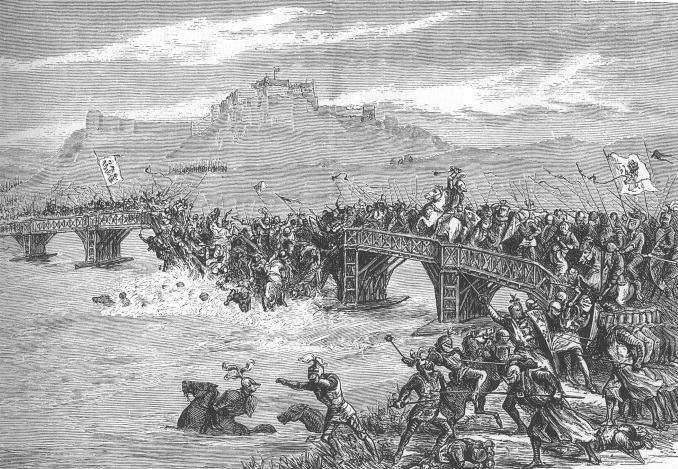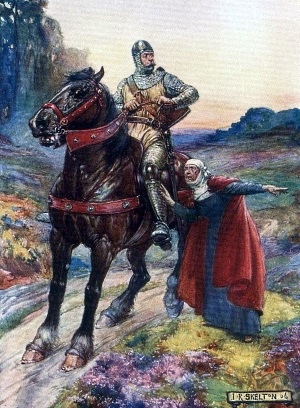National Wallace Monument to hero of Scotland closes for refurbishment
William Wallace was a hero of Scotland and a true patriot. He struck fear into the the tyrannical, evil, cruel and invading English King Edward I. Standing on the hill of Abbey Craig overlooking Stirling in Scotland is The National Wallace Monument. Designed by the Edinburgh-born Glasgow architect J. T. Rochead (28 March 1814 – 7 April 1878) it was built between 1861 and 1869. It is one of more than 20 Wallace Monuments which are located throughout Scotland. The National Wallace Monument is a 220 ft (67-metre) sandstone tower, built in the Victorian Gothic style.
A 14 ft bronze statue of William Wallace stands on the corner of the monument and is by the Scottish sculptor David Watson Stevenson (1842–1904). Artifacts displayed inside the monument include the 5 ft 4 in (1.63-metre) Wallace Sword, a long sword weighing nearly three kilograms. Now, for the first time since it was unveiled in 1887, the statue will be removed from the monument for restoration. The aim is to return the statue in peak condition ahead of the 150th anniversary celebrations of the monument in September. Its location on Abbey Craig, is said to be the hilltop from which William Wallace watched the gathering of the army of King Edward I of England, just before the Scottish victory of the Battle of Stirling Bridge in 1297. The monument will close from 11 February until late April while the work is carried out.
William Wallace (Scottish Gaelic: Uilleam Uallas; c.1270 - died 23 August 1305) was a Scottish knight, patriot and national hero. He was one of the main leaders during the Wars of Scottish Independence. Leading the Scottish rebellion against Edward I and along with Andrew Murray inflicted a famous defeat on the English army at Stirling Bridge. William Wallace was eventually betrayed and captured on 3rd August 1305. He was transported to London where he was charged and tried with treason. During the sham trial at which he was denied the right to speak, he shouted his denial of the charge stating that he was:
"A Scot, born in Scotland, and did not recognise England as his sovereign nation."
His murder took place on 23 August, 1305 when he was dragged naked through the city and then hung, drawn and quartered. His head was placed on London Bridge, and his limbs displayed in Newcastle, Berwick, Stirling and Perth. The hope of the English King was to disrespect and cower the Scottish. However, at the end of the Wars of Scottish Independence between the Kingdom of Scotland and the Kingdom of England, Scotland retained its status as an independent nation.
The legacy of William Wallace is summed up perfectly by The Society of William Wallace:
"But Sir William Wallace needs no tomb. His memory lives on in the heart and souls of Scots, every generation recognising his devotion to his native soil, and he will be remembered by Scots men and women till the end of time."







